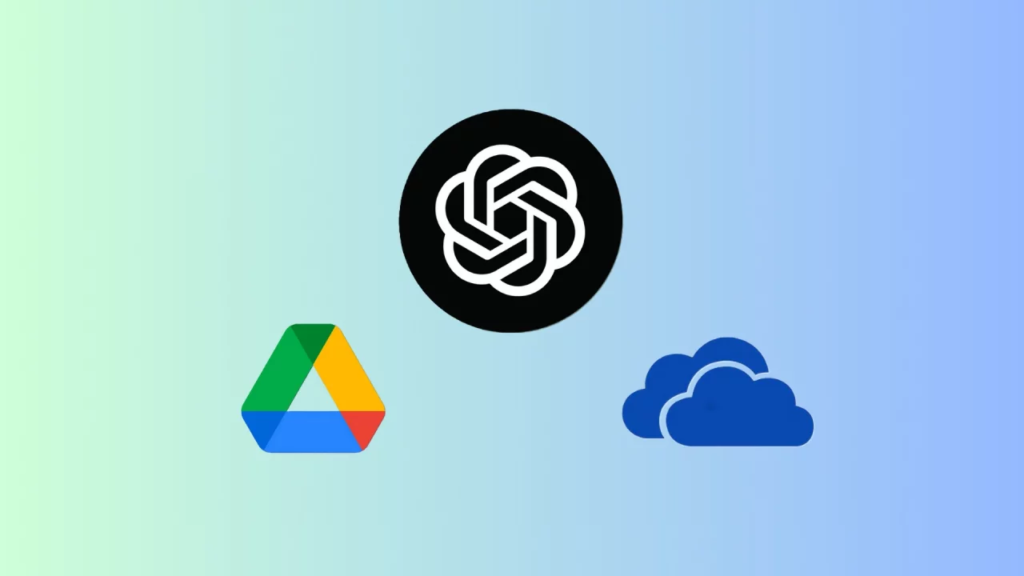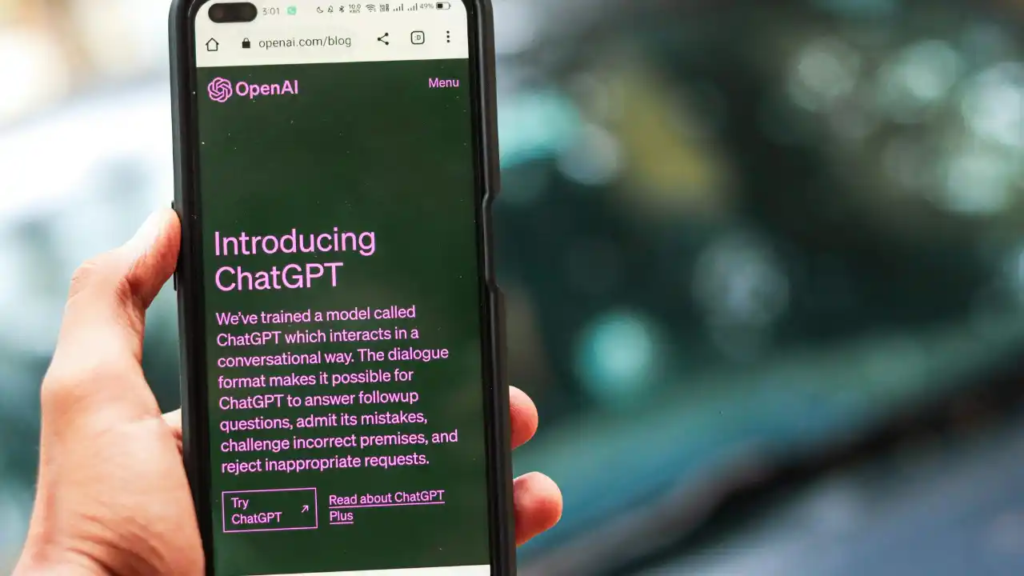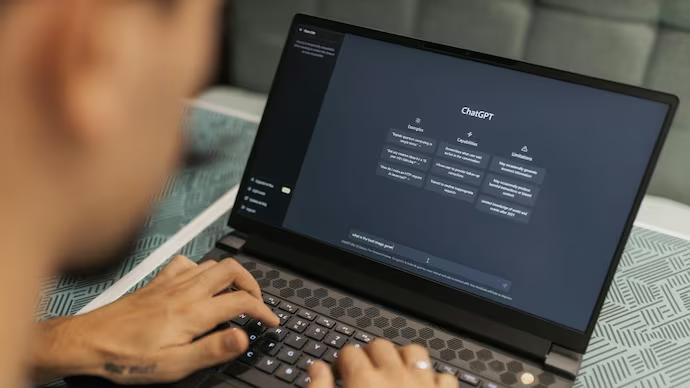OpenAI has just made a major leap in making ChatGPT more useful for professionals and teams. The popular AI chatbot now offer meetings recording capabilities and direct integration with storage platforms like Google Drive, Box, and OneDrive. These new features are designed to streamline workflows, simplify content access, and make ChatGPT more powerful than ever for workplace productivity.
With AI transforming how we communicate and work, this update positions ChatGPT as not just a virtual assistant but a comprehensive digital productivity partner.
What’s New in ChatGPT?

OpenAI’s recent update to ChatGPT has introduced several powerful features tailored for teams and individuals who rely on efficient communication and document management. Here’s a look at the key highlights:
Meeting Recording and Transcription
The meeting recording feature lets users record conversations through ChatGPT, which are then automatically transcribed using its advanced natural language processing capabilities. The AI can also provide summaries, identify action items, and generate follow-up emails from the discussion.
This tool is especially valuable for:
- Teams hosting remote meetings
- Professionals needing quick meeting recaps
- Project managers tracking tasks and deadlines
According to OpenAI, the recorded conversations are stored securely and can be reviewed or edited later, ensuring data privacy and control for users
Learn more about OpenAI’s privacy policies
Drive Integration: Google Drive, Box, OneDrive
ChatGPT’s integration with Google Drive, Box, and Microsoft OneDrive enables users to directly search, open, and interact with files stored on cloud platforms—all within the ChatGPT interface.
Key functionalities include:
- Reading and summarizing documents and PDFs
- Pulling data from spreadsheets
- Suggesting edits to documents
- Creating reports using cloud files
This seamless access removes the need to toggle between tabs or applications, enhancing focus and productivity.
For example, if you ask ChatGPT, “Summarize the Q1 report in my Google Drive,” the AI can now access that document and provide a summary instantly.
This is similar to the way tools like Google Workspace AI and Microsoft 365 Copilot function—but with the added flexibility of ChatGPT’s multi-functional interface
Read more about ChatGPT Enterprise features
Who Can Access These Features?

These new upgrades are currently rolling out to ChatGPT Plus and Enterprise users, with broader availability expected in the coming months. Enterprise customers, in particular, will benefit from admin controls, data retention settings, and enterprise-grade security protocols.
For individual users, the integrations can be set up easily through the settings panel, where you can link your Google Drive, Box, or OneDrive account.
Why This Update Matters
These features signal a strong push by OpenAI to position ChatGPT as a centralized AI workplace assistant. Until now, users could ask ChatGPT to generate content or answer questions, but accessing external documents required manual uploads or copy-pasting. Now, with direct cloud connectors and the ability to capture and analyze live conversations, ChatGPT becomes a hub for digital collaboration.
Businesses using tools like Zoom, Google Meet, or Slack can also benefit by plugging ChatGPT into their workflows. For example:
- A sales team can record calls with leads, summarize them using ChatGPT, and auto-update their CRM
- A content team can draft blogs using data from Google Sheets stored in Drive
- HR teams can generate onboarding documents from templates saved in Box
Explore how businesses are using ChatGPT
Comparison with Other AI Tools
While Google and Microsoft have already introduced smart document features in their ecosystems (e.g., Duet AI and Copilot), ChatGPT’s ability to integrate across multiple services—not just one platform—is a huge differentiator.
Instead of being locked into one ecosystem, users can connect various storage services and let ChatGPT handle them all. This makes ChatGPT ideal for hybrid teams that rely on multiple tools for collaboration.
How to Use These Features
To start using these features, here’s a quick guide:
- Enable ChatGPT Pro or Enterprise Plan
These features are available on paid plans only - Connect Storage Accounts
Go to Settings > Integrations and select from Google Drive, Box, or OneDrive - Use Voice or Upload a Call
Use the meeting recording function in the ChatGPT mobile or web app - Interact With Your Data
Ask ChatGPT to summarize, analyze, or update your files and meetings
You can also refer to OpenAI’s help center for a step-by-step setup guide
Visit the official ChatGPT Help Center
Security and Privacy

With growing concerns about data safety, OpenAI has reassured users that all integrations follow strict access control protocols, and no files are stored by ChatGPT unless explicitly authorized.
For enterprise customers, OpenAI offers SOC 2 compliance and encryption at rest and in transit, making it suitable even for industries with high compliance requirements
See OpenAI’s enterprise security overview
Final Thoughts
The addition of meeting recording and cloud connectors makes ChatGPT not just an AI chatbot, but a smarter, more connected digital colleague. Whether you’re in sales, HR, tech, or marketing, these new capabilities are designed to save time, reduce task switching, and give professionals the AI edge they need in today’s fast-moving work environments.
As AI continues to evolve, integrations like these will likely become standard tools in the modern workplace—and OpenAI is clearly leading the charge.
Also Read – Diversity Gone? Google Drops DEI from Latest 10-K Filing






